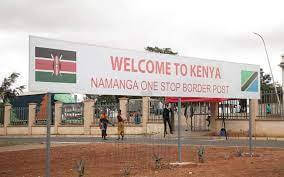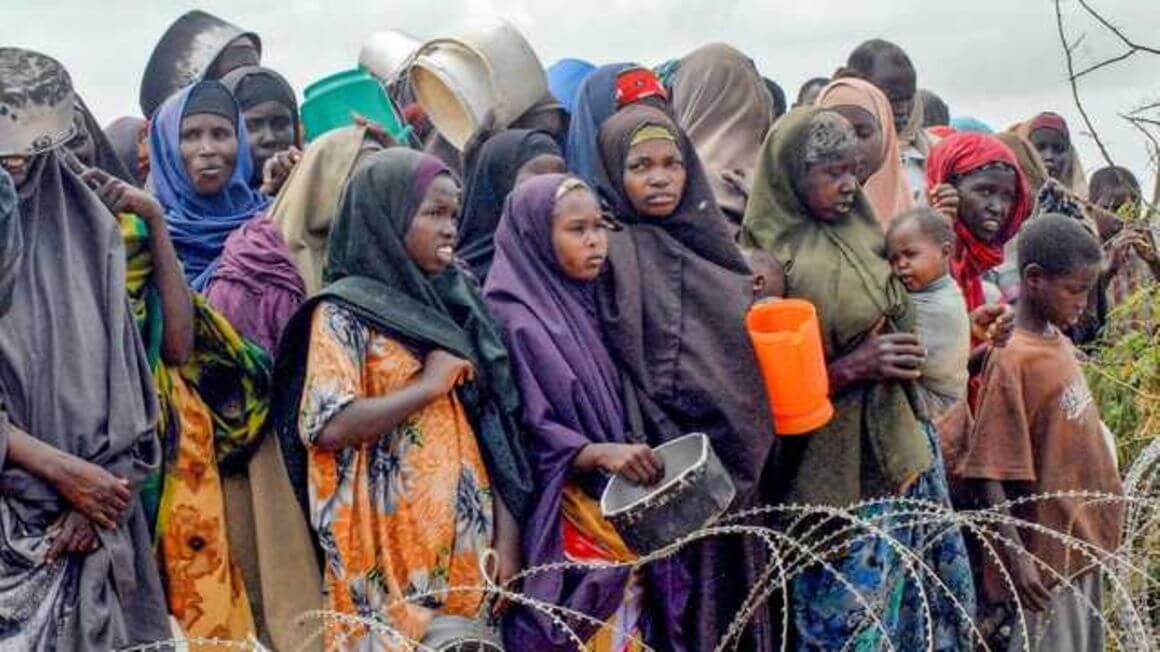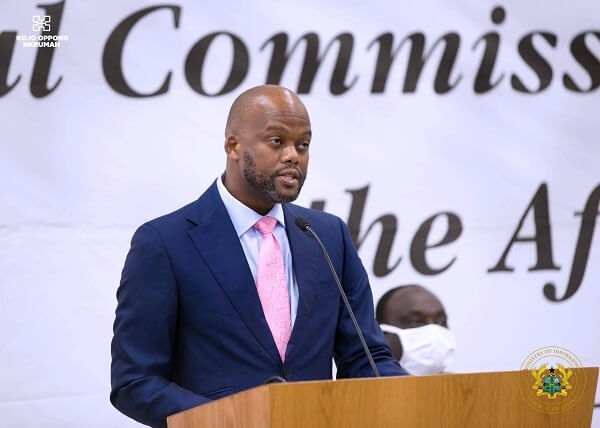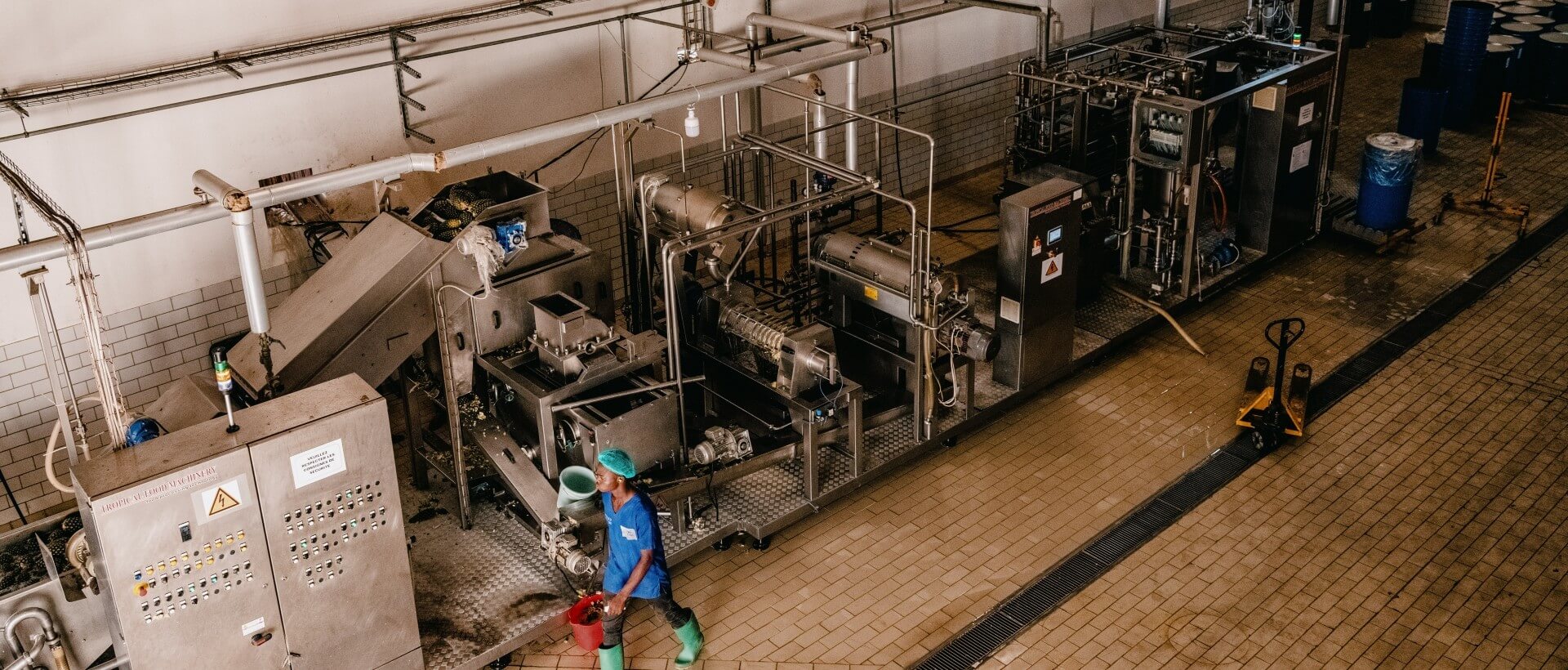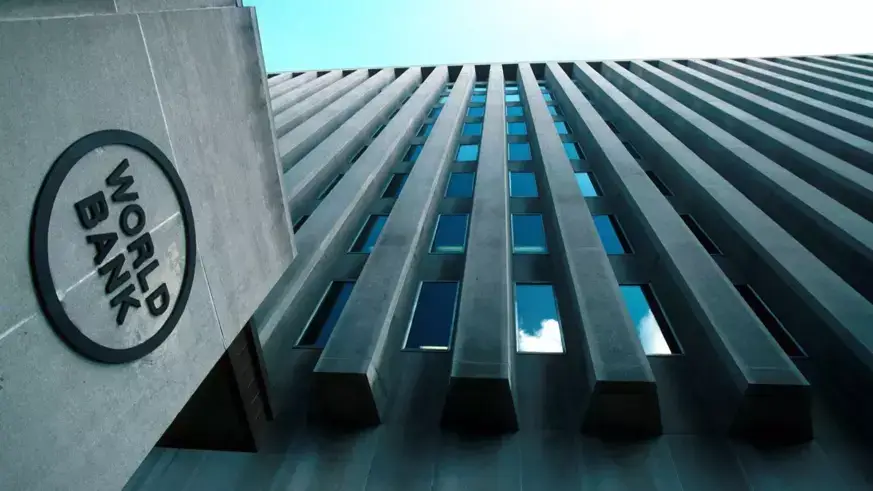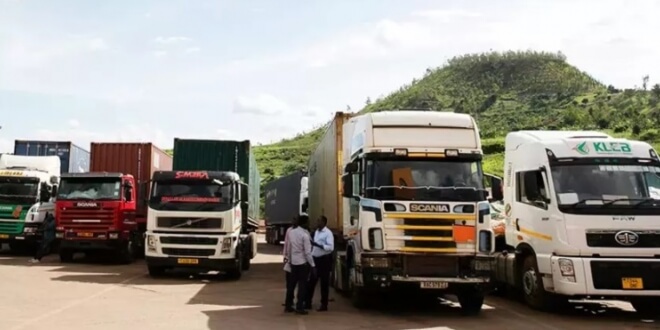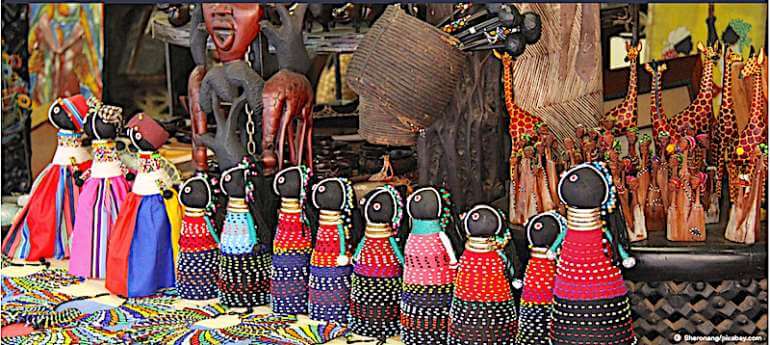Trade between Kenya and Tanzania for the year ending November 2021 hit $905.5 million (Sh103 billion) last year according to Central Bank of Kenya (CBK) data. Imports from Tanzania also stood at $501 million while exports hit $403.9 in what has been attributed to resolutions on non-tariff barriers by presidents of Tanzania and Kenya. The two countries have recently mended fences to eliminate barriers hindering the smooth flow of trade and people between along the busy corridor and particularly on the Namanga border. EAC market The most recent spat was in August 2021 when Tanzania government banned Kenyan airlines from its airspace after Nairobi announced passengers from the EAC market would not be allowed to enter Kenya. “Kenya and Tanzania have strong trade ties and the ministry is setting up a Jumuiya Market near the border of Namanga to support cross-border trade. Cross-border trades shall have a stall at the Jumuia Market,” said Irene Musebe from the Ministry of East African Community during an EABC trade facilitation forum at Namanga One-Stop Border Post. Data from the border post shows that trade has improved to 250 trucks compared to 70 trucks in May last year. The two countries signed eight bilateral pacts which included agreements on mutual legal assistance, as memoranda of understanding (MOUs) on immigration, correctional services and animal health. Kenya National Bureau of Statistics (KNBS) data says imports from Tanzania grew from Sh10.8 billion ($96.2 million) to Sh20.5 billion ($182.6 million) as of November last year, with Tanzania’s biggest...
Kenya-Tanzania trade hit $905.5 million on easing trade barriers
Posted on: February 14, 2022
Posted on: February 14, 2022

